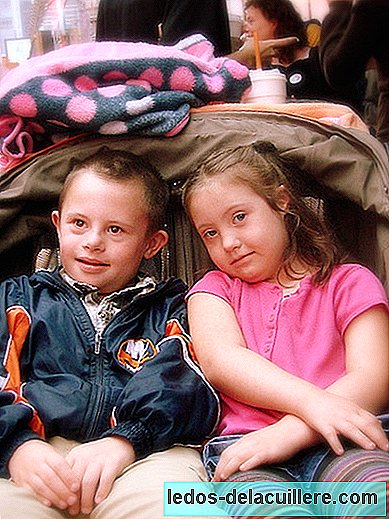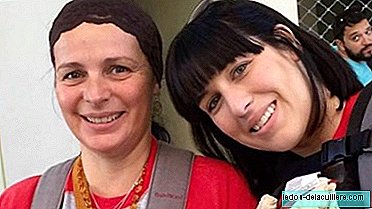
A team of researchers have revealed part of the 'genetic path' followed by Down Syndrome. Among them is the Spanish neuroscientist Mara Dierssen (from the Center for Genomic Regulation of Barcelona), although the group is led by a doctor from the University Hospitals of Geneva called Stylianos Antonarakis.
They have had the 'unique' opportunity to study two twins of which only one had Down syndrome, that is (except for chromosome 21, the genome of both was the same). The study has been published in Nature, and in the words of Dierssen, provides a conceptual advance to understand how gene deregulation occurs in Down Syndrome. Antonarakis points to the possibility that the zygote began to develop with a trisomy on chromosome 21, and after one of the cell divisions, one of the twins lost the additional chromosomal copy. The case has resumed since 2008, parents decided to undergo a voluntary termination of pregnancy after knowing that one of their daughters would be born with Down Syndrome.
Then the doctors (with the prior permission of the parents) extracted samples of both through a biopsy. Curiously, a case like this only occurs in one of every 385,000 pregnancies of monozygotic twins.
We know that people with Down syndrome have three copies of chromosome 21 (instead of two), and many researchers have long tried know why this extra copy causes the symptoms associated with trisomy. It seems complicated to differentiate the gene changes related to the problem, and distinguish them from natural variations, and as a consequence the behavior of the syndrome from the genetic point of view is indecipherable.
A copy of chromosome 21 that disturbs an entire genome
And not a few times, several researchers have asked due to what mechanisms, different symptoms associated with Down syndrome are caused, such as congenital heart disease or chronic myeloid leukemia.
Down syndrome is more complex than previously thought, since it has influence on the rest of the human genome, and can cause alterations in domains of all chromosomes. Researchers have corroborated their hypothesis in animal models, and in an experiment with cellular reprogramming
Among other specific aspects, research has shown that one of the deregulated genes in the twin with trisomy 21 is called DYRC1A, precisely on which Dierssen investigates to reverse part of the symptoms of Down syndrome.
In a trial with affected people, the researcher has found hopeful results, and the second phase (measuring the effects of the intervention), will end in a few months.
Antonarakis is convinced that the Geneva twins (the family is Swiss) will continue to be helpful in advancing this issue.












